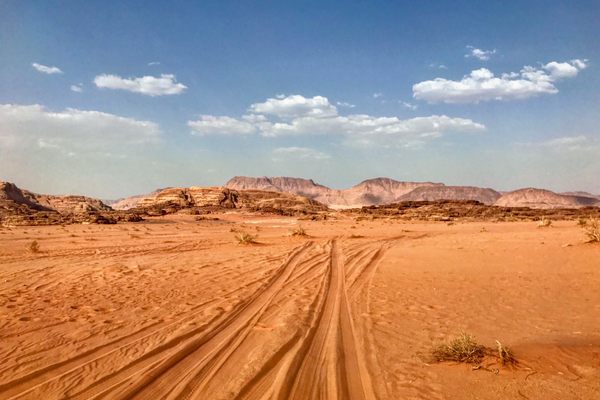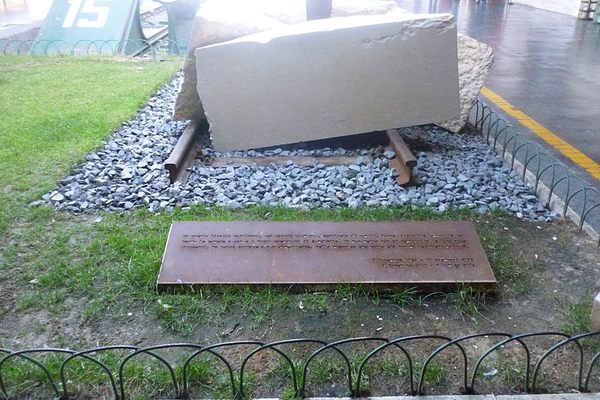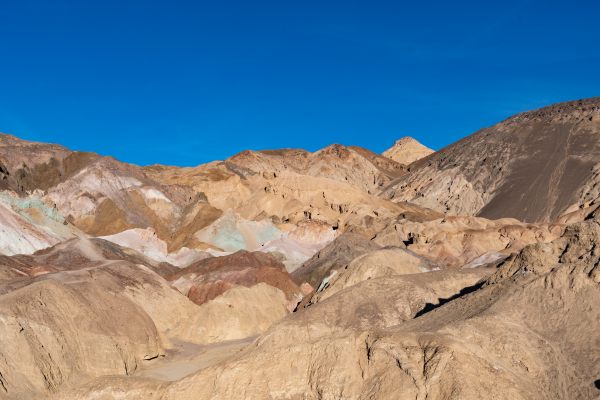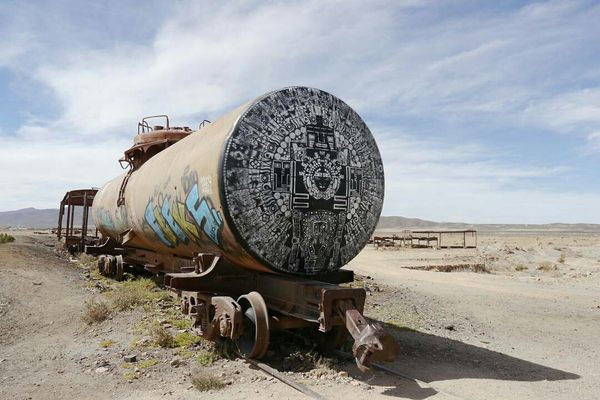Hejaz Railway Train of Wadi Rum
A refurbished locomotive from a bygone era in the middle of the Jordanian desert.
Textured with soft sand dunes and cascading rocks, painted with a palette of endless red, the Wadi Rum desert in Jordan is a piece of Mars on Earth. For this reason, the arid landscape has been used to portray the Red Planet in such Hollywood films as “The Martian.” It also appeared in “Lawrence of Arabia.” The latter showcases the vast expanses of the desert in its dramatization of the Great Arab Revolt. It is this historical aspect of Wadi Rum that you will see on display at Jordan’s Hejaz Railway desert stop.
The refurbished locomotive sitting at this desert station invokes the memory of the century-old conflict that helped shape the modern Middle East. In 1916, the world was at war, and much of the Arabic-speaking world was controlled by the Ottoman Turkish Empire. The Allied leadership—Britain, France and Russia—sought to force the Turks out of the region; they urged Hussein bin Ali, Sharif of Mecca, to join the Allies and take up arms against the Ottomans in return for Arab independence.
Hussein agreed, and over the course of the next two years, the Arabs assisted in a major war effort to defeat the Turks. Under the leadership of Hussein’s son, Prince Faisal—and with assistance from the illustrious T.E. Lawrence “of Arabia”—the Arabs fought a guerilla-style war by interrupting train passages on the Hejaz Railway.
In the first three weeks of May, 1918 alone, the Arabs destroyed railway tracks on 25 separate occasions. These attacks on transportation systems wreaked havoc on Turkish lines of communication and were instrumental in defeating the Turks and ending the Great War. In the years that followed, the new nations of Iraq, Jordan, Lebanon, and Syria were formed north of the Arabian Peninsula.
The origins of the modern Middle East thus trace their way back to the attacks on the trains of the Hejaz Railway. The refurbished steamer at the Hejaz Wadi Rum stop puts that history on display for today’s audiences. Visitors can walk the perimeter of the train and take pictures, or step inside to observe the compartments. On certain occasions, visitors can even pay to the board the train and partake in a mock battle during a show put on by the Jordan Heritage Revival Company.
Wadi Rum may be on your bucket list for its visual parallels to the arid, crimson landscapes of Mars, but a stop at the desert’s Hejaz Railway station is worth the time. Because finding unique, historical gems within famous destinations is often one of the most rewarding parts of travel.






















Follow us on Twitter to get the latest on the world's hidden wonders.
Like us on Facebook to get the latest on the world's hidden wonders.
Follow us on Twitter Like us on Facebook